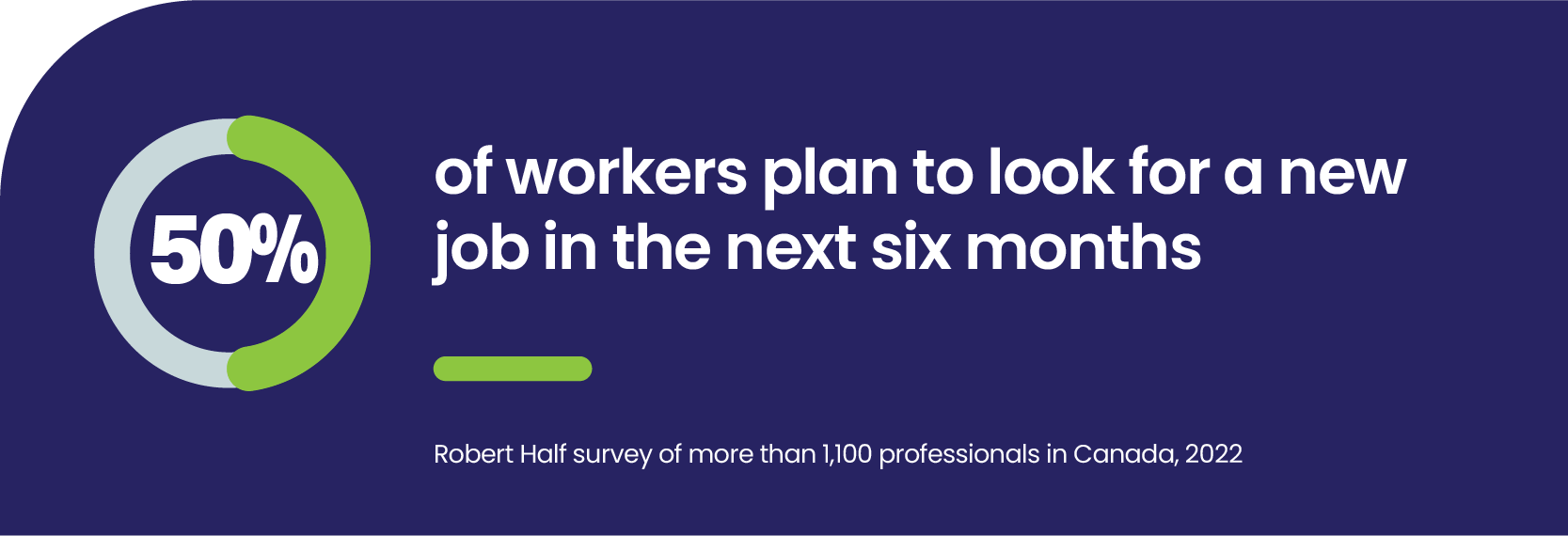At the Common Good Plan, our job is to make workplace retirement benefits easy to manage – especially at year-end.
To help make sure that all of your 2023 payroll contributions are counted for this tax year and your employees get the tax documents they need, here’s a preview of what you’ll need to do and when.
1. Update your payroll register by December 27, 2023
To ensure that December plan contributions are processed before the end of the year, please upload your final payroll 2023 register in the Employer Dashboard no later than 12pm noon EST on December 27, 2023. If your final pay date of the year is in 2023, please upload on or before this noon cut-off. If your final pay date of the year is in 2024, please upload in January.
What Common Good will do
Once we’ve finalized your 2023 contributions, we’ll provide the annual TFSA information return to the CRA and provide all plan members with their RRSP contribution receipts (one in February and another in late March). If any plan members have withdrawn RRSP savings in 2023, they can expect a T4RSP from the Common Good Plan in February 2024.
2. Include employer RRSP and TFSA contributions on T4s
When preparing T4 slips, please include employer RRSP and TFSA contributions in Box 40 (Taxable Benefits).
2023 RRSP deadline and limits
- The last day to make a 2023 RRSP contribution to the Common Good Plan is February 28, 2024, at 11:59pm EST.
- The 2023 RRSP contribution limit is 18% of 2022 earnings, up to a maximum of $30,780.
2024 RRSP/TFSA limits
- The 2024 RRSP contribution limit is 18% of 2023 earnings, up to a maximum of $31,560.
- The Canada Revenue Agency has increased the 2024 TFSA contribution limit by $500 to $7,000.
Questions?
If you need help, reach us at or book a call with our Customer Success team.
















